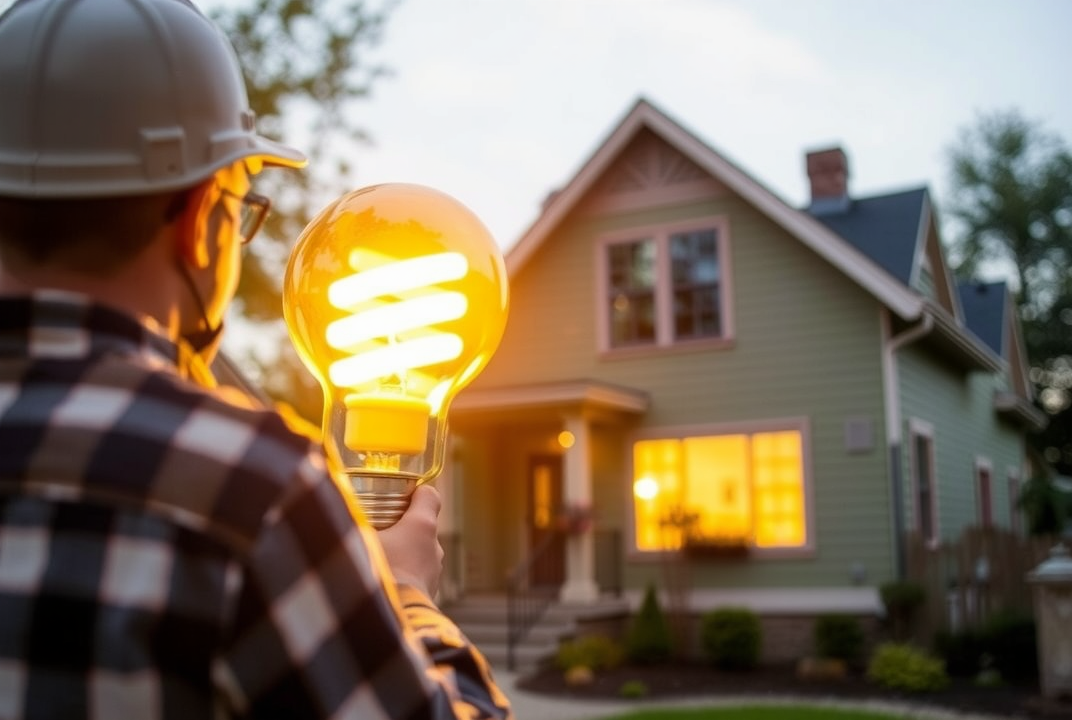Understanding Energy-Efficient Housing Programs: The Key to Sustainable Living

Introduction
Did you know that your home might be the biggest energy consumer you own? That's right! While cars and gadgets get all the blame, our houses are the unseen energy hogs. But, fear not! Energy-efficient housing programs are here to save the day. In this article, we’ll unravel the mystery behind these programs, showing you not only how they work but why they’re crucial for our planet and your wallet.
Here’s what you’re going to learn:
-
How energy-efficient housing programs function
-
Their benefits for individuals and communities
-
Tips on getting started with energy-efficient upgrades
What are Energy-Efficient Housing Programs?
Think of energy-efficient housing programs as a roadmap to making your home smarter in utilizing energy. These programs help homeowners reduce their energy consumption, thus saving money and contributing to a healthier environment. Designed by governments, NGOs, and private organizations, these programs can offer financial incentives, resources, and sometimes even free upgrades.
Why Does Energy Efficiency Matter?
Energy efficiency is all about doing more with less. By using smarter technology and practices, homes consume less energy, leading to lower bills and fewer environmental impacts. This is especially important in an age where conserving natural resources is crucial.
Fun Fact: Homes contribute up to 20% of global CO2 emissions because of inefficient energy use.
Benefits of Energy-Efficient Housing
Cost Savings
Who doesn’t like saving money? These programs often help homeowners reduce monthly utility bills, offering solutions as simple as switching to LED bulbs or as comprehensive as re-insulating an entire house.
Environmental Impact
A significant benefit is reducing our carbon footprint. Energy-efficient homes mean less energy from fossil fuels, leading to fewer greenhouse gases.
Improved Home Comfort
Insulating your home properly or installing energy-efficient windows can mean consistent indoor temperatures and better air quality.
Increased Home Value
Homes with energy-efficient upgrades often have higher resale values. Future buyers love homes with lower utility costs.
How Do These Programs Work?
Initial Assessment
The journey usually begins with a home energy audit. Professionals evaluate your home's energy use and identify areas for improvement.
Implementing the Changes
Based on the audit results, you can proceed with recommended upgrades. These might include better windows, updated HVAC systems, or even solar panels.

Financial Incentives
Many programs come with financial perks. From rebates on appliances to tax credits for solar panels, they make transitions easier on the pocket.
Certification and Recognition
Completing these upgrades can lead to certifications like Energy Star, which not only benefits the environment but boosts home marketability.
Navigating Different Programs
Government Programs
The government often leads the charge with programs like the U.S. Department of Energy’s initiatives or state-specific grants.
Non-Governmental Organizations
Various NGOs provide resources and assistance for energy audits and upgrades, often partnering with local governments.
Utility Company Incentives
Many utility companies offer programs to encourage customers to be more energy-efficient. This can include rebates and discounts on efficient appliances.
Steps to Make Your Home Energy-Efficient
1. Conduct an Energy Audit
Tip: Start with an energy audit, which helps identify where you are losing energy and how improvements can be made.
2. Improve Insulation
Ensuring your home is well-insulated reduces heating and cooling needs, leading to energy savings.
3. Upgrade Windows and Doors
Install energy-efficient windows and properly seal doors to prevent heat loss or gain.
4. Switch to Energy-Saving Appliances
Look for Energy Star-rated appliances that use less power and water.
5. Explore Renewable Energy Options
Consider installing solar panels or wind turbines if feasible, to harness renewable energy sources.

Common Misconceptions About Energy-Efficient Housing
It’s Too Expensive
While initial costs can be high, many find that savings quickly outweigh these expenses. Programs offering financial help make initial investments manageable.
It Doesn’t Make a Significant Difference
Small changes accumulate. A single household using efficient appliances can save thousands of pounds of CO2 in a year.
It’s Just About Technology
Beyond gadgets, energy efficiency is a lifestyle change, involving better habits and choices relating to energy consumption.
Case Studies: Successful Energy-Efficient Homes
Example 1: Solar Power Transformation
A family in sunny Arizona decided to line their roofs with solar panels. Their investment cut electricity bills by two-thirds, leading to significant long-term savings.
Example 2: Complete Efficiency Overhaul
In chilly Minnesota, a couple decided to upgrade everything from insulation to heat pumps in their older home. The result? A staggering 40% reduction in energy costs.
Conclusion
Energy-efficient housing programs are more than just another environmental buzzword; they are practical solutions for immediate and long-term savings. By embracing these initiatives, homeowners can enjoy more comfortable living conditions, contribute to a cleaner planet, and save money. So, whether you’re building a new home or updating an old one, consider energy-efficient upgrades as a step toward a sustainable future.
Next Steps:
-
Research available programs in your area
-
Schedule an energy audit
-
Get started on simple updates and expand as needed
Remember, the journey to efficiency doesn’t have to be overwhelming. Each small step counts!

